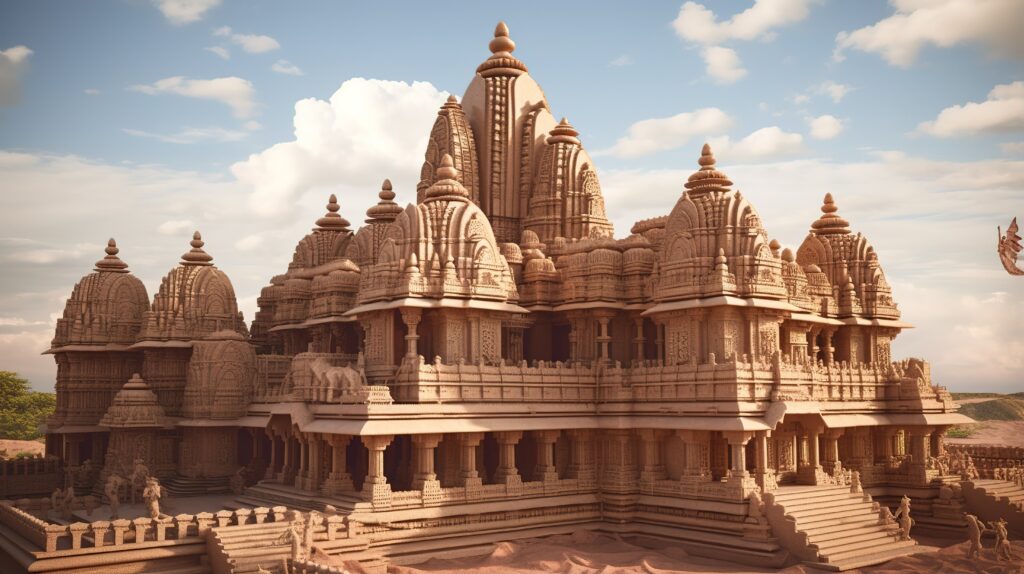Principle of Ancient vedic vastu architecture
The ancient architecture of Vastu ensures that a building or community has only a nurturing effect on its occupants. This is due to the use of several basic Vedic Vastu principles based on natural laws:

1. Correct Orientation:

